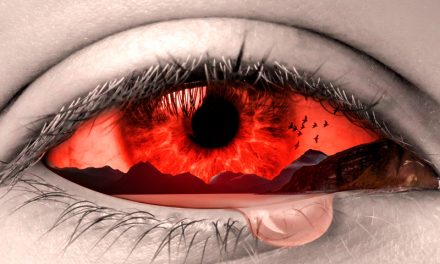Case report
Author
João Antonino Dias Gomes, Ana Isabel Moreira Gonçalves, José António Marques Magallanes Regojo
Abstract
Periapical lesions often affect teeth that have not responded to endodontic treatment.
The periapical lesions that occur after unsuccessful endodontic treatment are caused by microorganisms that were not eliminated, which are mainly responsible for the development of pathological changes that affect the pulp and periradicular tissues. This cases generally require a long period of treatment to achieve full bone regeneration. This regeneration may not occur, but if the treatment is successful, it allows us to preserve the dental element.
This work aims to describe a clinical case of periapical lesion that was treated with ozone through a minimally invasive surgical procedure, with an adaptable drilling guide for soft tissue and bone. Ozone has great potential for use as an adjuvant in oral surgery due to its antimicrobial property and because it is biocompatible.
This is a presentation of a case who comes to the consultation with pain and inflammation in the 2nd quadrant with edema, periapical lesion treated with minimally invasive guided surgery in which 20 mL of ozone gas was applied at a concentration of 30 µg / NmL. The insufflations were applied efficiently and directly to the periapical lesion for 2 min insufflation, with external suction capturing the excess through the dental equipment with the suction cannula located at the entrance to the surgical fistula created by the drill bit from the guided surgery kit. According to the literature and clinical data, ozone therapy has great potential to be incorporated into the surgical technique. Its biostimulatory effects and antimicrobial potential are evident and corroborated by the literature.
According to the literature ozone therapy is suitable to be used as an adjunct in the surgical technique of endodontic teeth with periapical lesions.
This post is also available in:  Español (Spanish)
Español (Spanish)


































